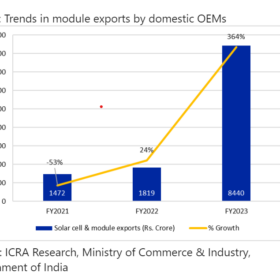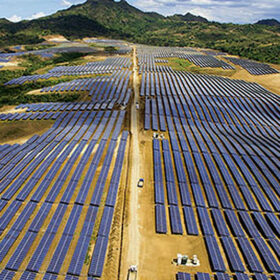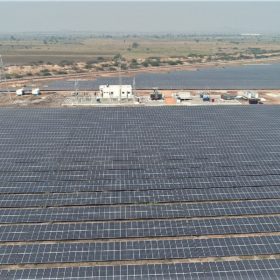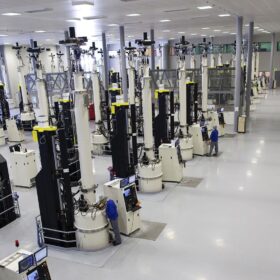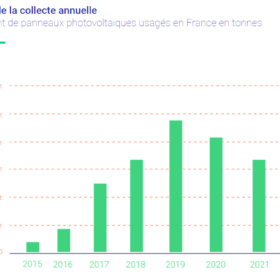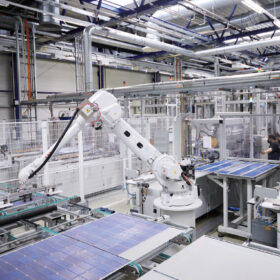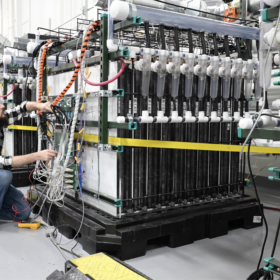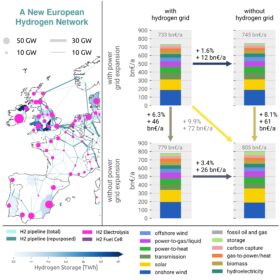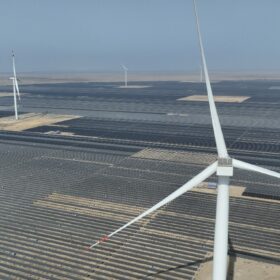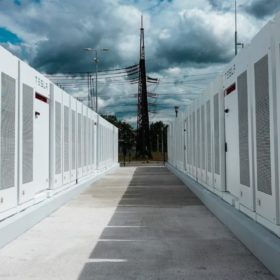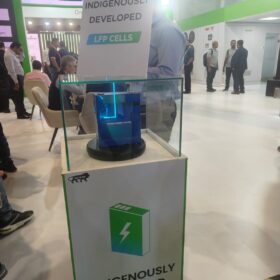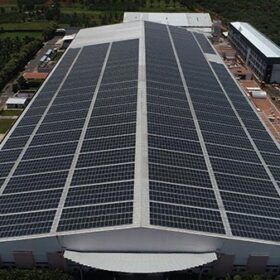India’s solar PV module exports surge 364% YoY
India exported solar PV cells and modules worth INR 8,440 crore in FY 2022-23. USA was the top destination with a 97% share.
Philippines allocates 1.97 GW of PV capacity in renewables auction
Through the procurement exercise, the GEA-BEAC allocated 1,870.8 MW of ground-mounted PV capacity and 90 MW of floating solar power. The selected developers will secure 20-year power purchase agreements.
NREL develops perovskite solar cells with 93% bifaciality
The National Renewable Energy Laboratory (NREL) has made highly bifacial perovskite cells with a front-side efficiency of 23%.
First half 2023 total solar corporate funding increased 54% year-over-year
According to Mercom’s Solar Funding report almost 25.5 GW of solar projects were acquired in the first half of the year, totaling $18.5 billion.
European solar manufacturers secure EU financial support
Norsun and Midsummer have both secured financing to support their capacity expansion plans. Norway’s Norsun plans to raise its polysilicon capacity to 3 GW and Midsummer wants to build a 200 MW module facility in Sweden.
France recycled 3,800 tons of solar modules in 2022
French eco-organization Soren, which collects and recycles end-of-life solar panels, has published its 2022 annual report. Last year, more than 10 million solar panels were put on the market in France, up 25% from 2021.
Sodium-ion battery fleet to grow to 10 GWh by 2025
Global demand for sodium-ion batteries is expected to grow to just under 70 GWh in 2033, from 10 GWh in 2025, at a compound annual growth rate (CAGR) of 27%, according to UK-based market research company IDTechEx.
Meyer Burger gets $224 million for 3.5 GW solar cell, module plant in Europe
Swiss manufacturer Meyer Burger Technology AG says it will probably build a new 3.5 GW factory at an unspecified location in Spain. The EU Commission is expected to issue a formal decision on granting funding for the project by the end of this year.
Former US coal plant to host 100-hour iron-air battery
The Minnesota Public Utilities Commission (PUC) has approved Form Energy’s 10 MW/1 GWh iron-air long-duration storage facility for Xcel Energy.
The Hydrogen Stream: Hydrogen grid could cut Europe’s energy costs by 3.4%
German researchers say gas-grid retrofits for hydrogen transport, combined with power grid expansion, could decarbonize Europe’s economy, while S&P says the global ammonia trade could expand by nearly 10 times by 2050.
